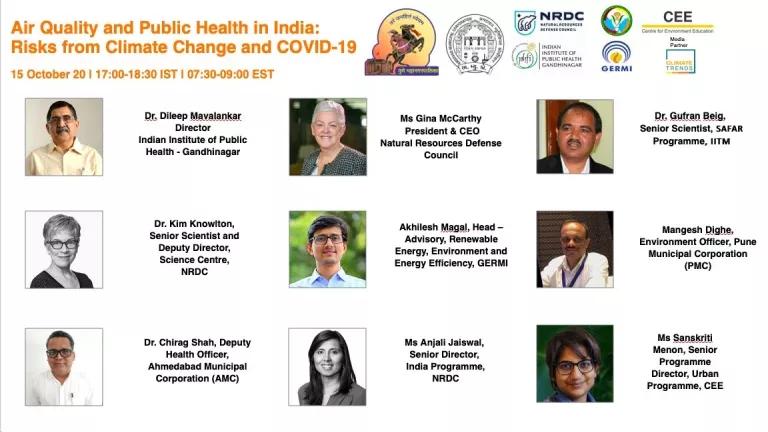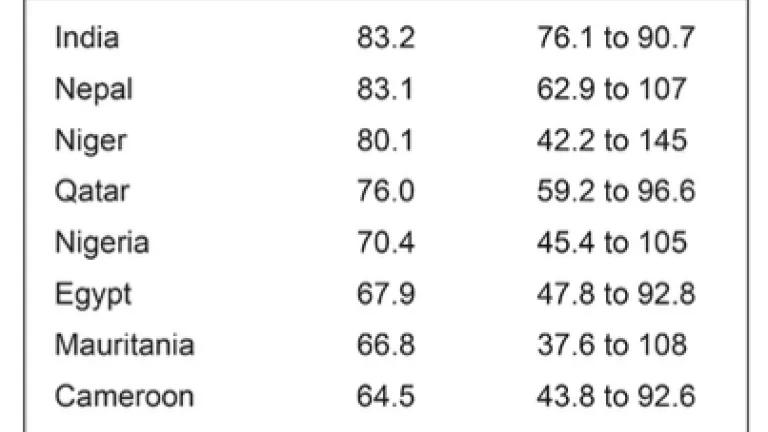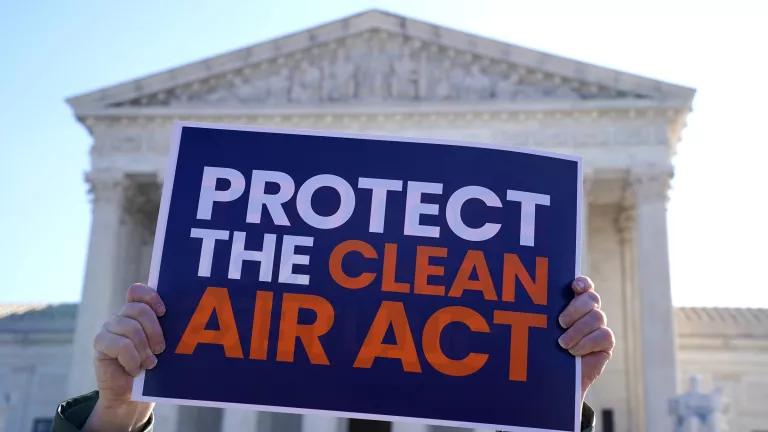Return of Delhi Smog: Even More Life Threatening with COVID
Find out more at during our webinar.

Co-authored with Polash Mukerjee and Jessica Korsh
Pollution in New Delhi dropped to a 20-year low during the COVID-19 national lockdown. Now with rising pollution levels, Delhi is losing the gains. For the first time since June, the city’s air quality reached the ‘very poor’ category with an air quality index (AQI) of 307. The urgency to protect residents from air pollution is even greater with the ongoing pandemic and the direct effects of pollution on public health outcomes.
Air Quality in New Delhi
New Delhi and the National Capital Region (NCR) more than familiar with skyrocketing air pollution in the late-fall and winter. Crop stubble burning by farmers in nearby states significantly worsens the city’s pollution. Meteorology also plays a role, as the region has a winter inversion layer that traps pollution. Low wind speeds prevent the dispersion of pollutants. The temperature inversion layer results in trapping of pollutants further causing higher pollution concentrations. Vehicle and industrial emissions, Diwali firecrackers, and construction dust also sharply increase in winter, exacerbating the public health crisis.
Last winter they city’s extreme pollution spike made international headlines when the Delhi government declared a public health emergency, shut down schools, and cancelled flights. While Delhi receives the most media attention, many Indian cities struggle with poor air quality and rank among the world’s most polluted. Pollution levels in many cities regularly exceed ‘very poor’ and ‘severe’ on the AQI and the corresponding World Health Organization (WHO) air quality guidelines.
Air pollution is associated with several serious health issues, including heart attacks, asthma attacks, heart disease and lung cancer. Unfortunately, emerging research shows that exposure to higher air pollution can increase the COVID-19 death rate.
Highlighted Government Action in New Delhi
"Polluted air can be life threatening in view of the COVID-19 pandemic. Both affect lungs," said Delhi Chief Minister Arvind Kejriwal during a recent digital press conference. The Delhi Chief Minister also launched a major anti-pollution campaign and announced air quality management measures including separate action plans for each of the 13 pollution hotspots in the city.
To fight air pollution and climate crisis the national government is also considering closing some of the country’s dirtiest coal plants. The proposal would cap the heat rate, which is a measure of how much coal energy is needed to produce each unit of electricity, for coal plants at 2,600 kilocalories per kilowatt-hour of electricity.
Given that air quality problems in India are often driven by pollution from the same fossil fuels that accelerate climate change, actions to reduce harmful emissions can achieve major wins for public health in the near-term and long-term, for the environment, and for India’s economy.
Webinar: Air Quality and Public Health in India
On October 15, 2020 (5:00pm - 6:30pm IST; 7:30 am - 9am EST) leading experts will convene and provide further information on this ongoing study, and describe the connections between air pollution, and public health in the context of the COVID-19 pandemic.
NRDC works with partners in Ahmedabad, Pune, and New Delhi on advancing actions to reduce air pollution ahead of the winter air pollution season. NRDC looks forward to continuing to work with partners on the ground to implement strategies that protect communities from extreme air pollution.
Registration for the webinar is available via this link.
Polash Mukerjee is an air quality expert working with NRDC as a consultant in New Delhi.
Jessica Korsh is a climate health specialist and former NRDC-Duke Stanback Fellow.



